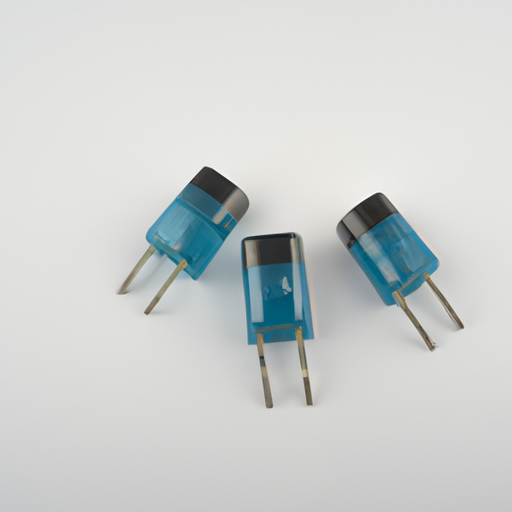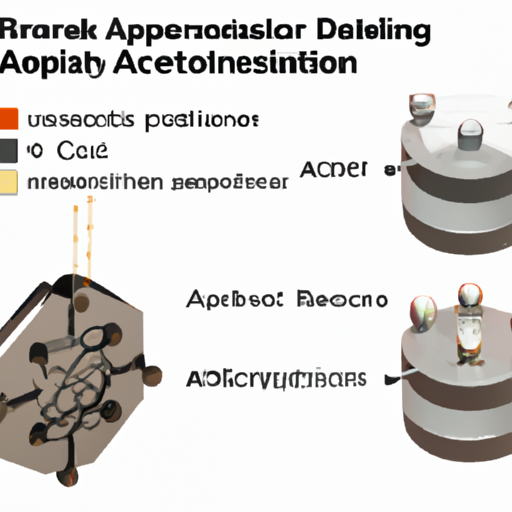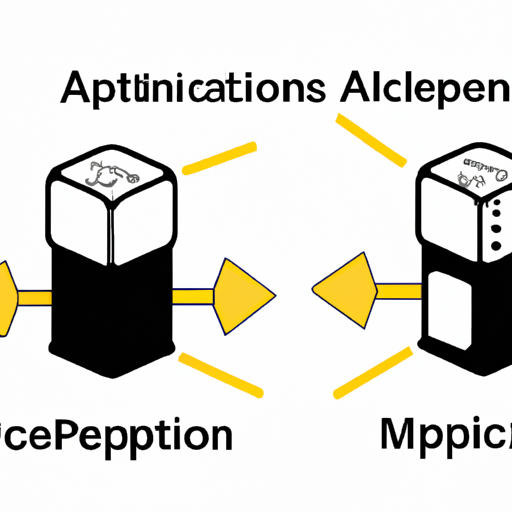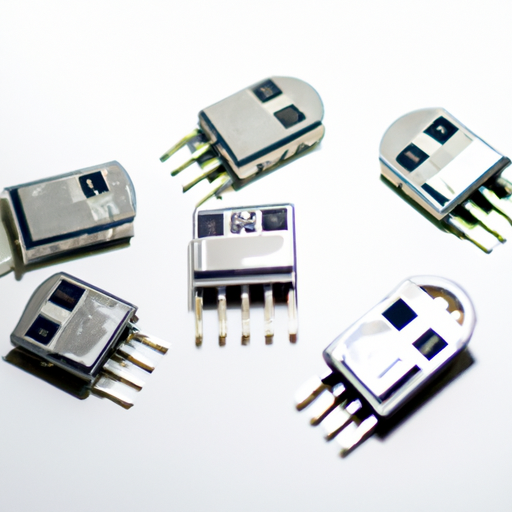Core Functional Technology of Fuses
Fuses are essential components in electrical systems, serving as a safeguard against overcurrent conditions that can lead to circuit damage or failure. The core functional technologies of fuses include:
1. Overcurrent Protection: Fuses are engineered to interrupt the electrical current when it exceeds a specified threshold. This mechanism prevents overheating and potential damage to electrical components, ensuring the safety and longevity of devices.
2. Material Composition: The materials used in fuses, such as copper, aluminum, and various alloys, are critical to their performance. These materials are selected based on their melting points and conductivity, which influence the fuse's response time and current rating.
3. Time-Current Characteristics: Fuses are classified based on their time-current characteristics, which dictate how quickly they will blow under different overcurrent conditions. Fast-acting fuses are designed for immediate response to short circuits, while slow-blow fuses can handle temporary overloads without blowing, making them suitable for applications with inrush currents.
4. Voltage Rating: Each fuse is rated for specific voltage levels, ensuring that it can safely interrupt current without causing arcing or damage. This rating is crucial for maintaining the integrity of the electrical system.
5. Physical Design: Fuses come in various shapes and sizes, including cartridge, blade, and glass tube designs. The physical design affects installation, compatibility with existing systems, and thermal performance, influencing the overall effectiveness of the fuse.
6. Environmental Considerations: Many fuses are designed to operate under specific environmental conditions, such as high temperatures, humidity, or corrosive environments. This adaptability ensures reliability across diverse applications.
Application Development Cases
1. Consumer Electronics: In devices such as smartphones and laptops, fuses like the CFR-50JB-52-1M8 are critical for protecting sensitive components from overcurrent conditions. For instance, in power supply circuits, these fuses prevent short circuits, thereby enhancing device longevity and ensuring user safety.
2. Automotive Applications: Fuses are integral to automotive electrical systems, safeguarding circuits for lighting, infotainment, and safety features. The CFR-50JB-52-1M8 can be incorporated into automotive fuse boxes, providing reliable protection against electrical faults that could compromise vehicle safety.
3. Industrial Equipment: In manufacturing and industrial environments, fuses protect motors and machinery from overloads. Utilizing the CFR-50JB-52-1M8 in motor control circuits can prevent equipment damage and minimize downtime due to electrical failures, thereby improving operational efficiency.
4. Renewable Energy Systems: In solar power installations, fuses protect inverters and battery storage systems from overcurrent conditions. The CFR-50JB-52-1M8 can be employed in these applications to ensure safe operation and compliance with electrical codes, facilitating the growth of renewable energy technologies.
5. Telecommunications: Fuses are vital in telecommunications equipment, protecting sensitive electronics from power surges. The CFR-50JB-52-1M8 can be utilized in power distribution units to safeguard against faults that could disrupt service, ensuring reliable communication networks.
Conclusion
Fuses, including the CFR-50JB-52-1M8, are crucial for protecting electrical systems across a wide range of applications. Their core functional technologies—such as overcurrent protection, material composition, and time-current characteristics—make them effective in ensuring the safety and reliability of electronic devices. The diverse application development cases highlight their significance in consumer electronics, automotive, industrial, renewable energy, and telecommunications sectors. As technology continues to advance, the design and functionality of fuses will evolve, further enhancing their effectiveness in safeguarding modern electrical systems.













